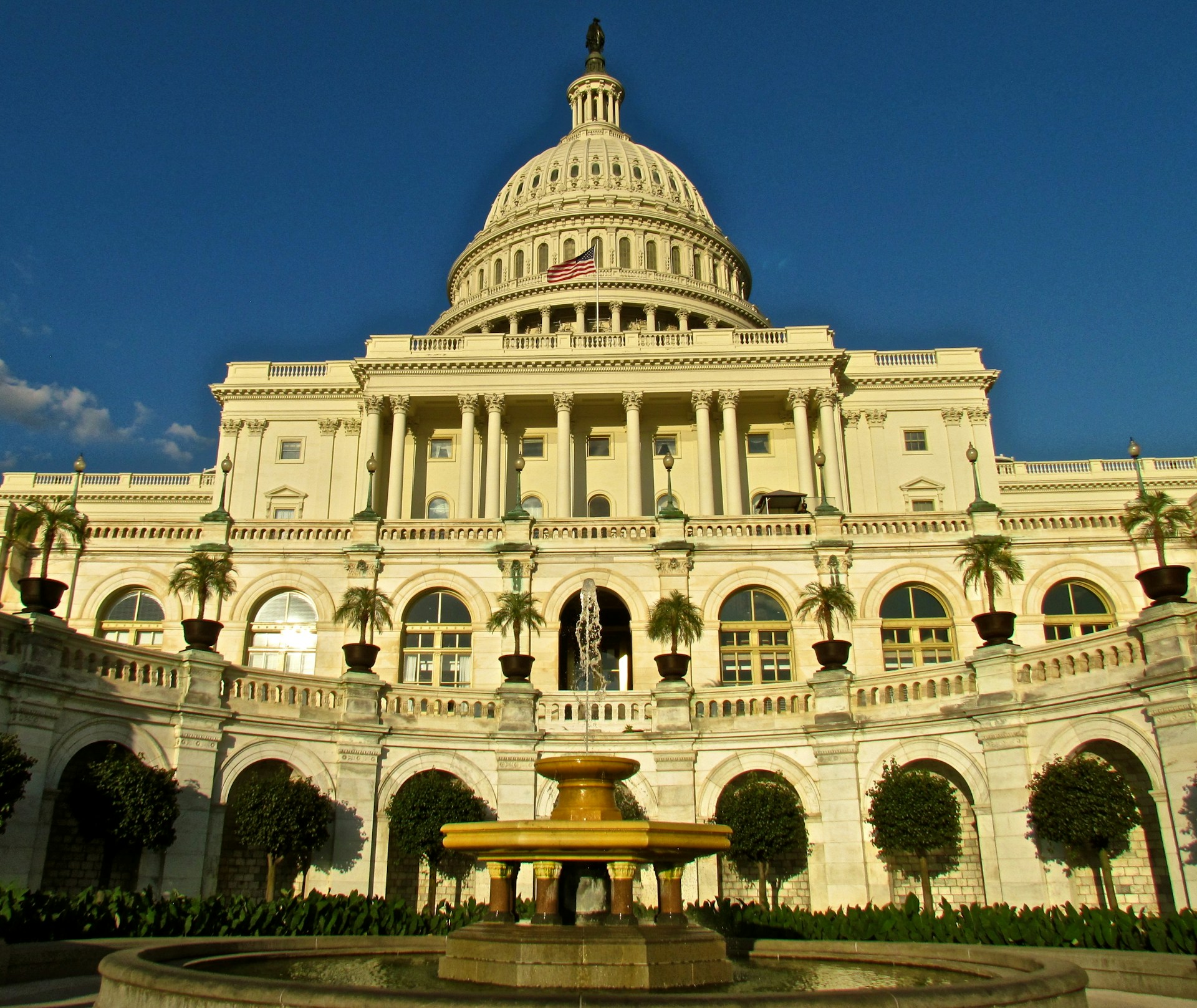Debt relief doesn’t always mean negotiating with creditors or hiring a third-party service. Across the country, government agencies and nonprofit organizations quietly offer structured support for individuals and families struggling with credit card balances, medical bills, student loans, and housing-related debt. These programs are designed to stabilize, and they often go unnoticed by those who need them most.
Nonprofit Credit Counseling Agencies
Nonprofit credit counseling is one of the most accessible and ethical ways to begin tackling debt. These agencies offer free or low-cost services that include personalized budgeting help, debt management plans (DMPs), and direct negotiation with creditors to reduce interest rates. Unlike for-profit debt relief companies, nonprofits don’t charge upfront fees or push risky settlement strategies. Reputable organizations like the National Foundation for Credit Counseling (NFCC), GreenPath Financial Wellness, and Money Management International (MMI) are certified and transparent. For those juggling multiple debts but still able to make payments, this route offers structure without damaging your credit.
State and Local Relief Programs
Many states and cities offer targeted debt relief programs, especially for renters, seniors, and low-income households. These include emergency rental assistance, utility bill forgiveness, and medical debt relief through hospital partnerships. Some regions also fund legal aid for debt-related lawsuits, wage garnishments, and eviction defense. These programs are often underutilized simply because they’re hard to find. Start by checking your local Department of Human Services or dialing 211 for referrals. If you’re facing eviction, a utility shutoff, or mounting medical bills, these programs may offer immediate help.
Federal Student Loan Support
Borrowers with federal student loans have access to structured repayment and forgiveness options. Income-driven repayment plans cap monthly payments based on income and family size, while Public Service Loan Forgiveness (PSLF) forgives remaining balances for qualifying government and nonprofit workers. The SAVE Plan, a newer income-driven option, offers lower payments and faster forgiveness timelines. These programs are free to enroll and managed through StudentAid.gov. . If student loans are part of your debt load, federal options should be your first stop—no third-party service required.
Legal Aid and Bankruptcy Counseling
When debt becomes legally overwhelming (think lawsuits, garnishments, or threats of foreclosure) legal aid and bankruptcy counseling may be necessary. Nonprofit legal aid organizations offer free or low-cost help with bankruptcy filings, debt collection defense, and court representation. Before filing for bankruptcy, you’re required to complete a credit counseling session, which many nonprofits provide. Resources like LawHelp.org and state bar associations can connect you with vetted professionals. While bankruptcy is a last resort, it’s sometimes the cleanest path to financial reset.
Faith-Based and Community Relief Networks
Beyond formal agencies, many churches, mosques, temples, and community centers offer informal but effective financial support. These programs may include emergency grants, food vouchers, rent assistance, or referrals to larger aid networks. They’re especially helpful for families in short-term crisis—those who need breathing room to avoid falling deeper into debt. While these services aren’t always advertised online, asking locally or checking community bulletin boards can uncover valuable resources.
How to Apply and What to Expect
Applying for debt relief through these programs typically requires proof of income, identification, and documentation of your debt or hardship. It’s best to apply early in the month, as many programs have limited monthly funding. Follow up if you don’t hear back within two weeks, and keep copies of everything you submit. Most programs prioritize households with children, seniors, or those facing imminent financial threats.
Debt relief doesn’t have to come from a settlement company or a risky negotiation. It can come from structured, ethical programs designed to help—not profit. Government and nonprofit resources offer real solutions for real people, often quietly and without fanfare. If you’re struggling, start with one application, one phone call, or one conversation. The path to stability is closer than it seems—and it doesn’t cost a dime to begin.


Leave a Reply